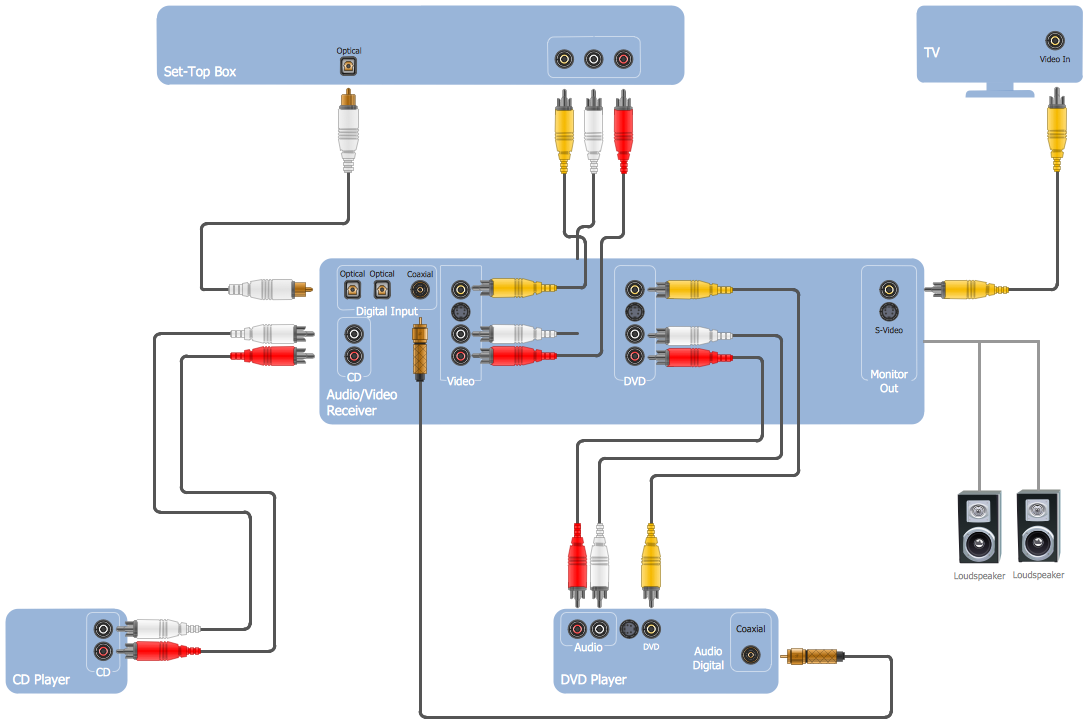Transforming Broadcasting through Innovative Audio via IP Solutions toward a Connected Tomorrow
Transforming Broadcasting through Innovative Audio via IP Solutions toward a Connected Tomorrow
Blog Article
This world of media is experiencing a significant shift thanks to innovative sound over IP (AoIP) technologies. Such advancements are changing the way audio content is produced, distributed, and received. Audio over IP is defined as the method of sending audio signals over a computer system, using Internet Protocol (IP) rather than traditional analog techniques. This transition not only improves the quality of audio delivery but also provides media professionals with greater flexibility and authority over their programming.
A single key advantage of audio over IP technology is its capability to connect multiple devices and systems efficiently. Traditional broadcasting frequently relied on complex cabling and physical links, which could be cumbersome and restrictive. With AoIP, broadcasters can easily connect mics, mixers, and additional equipment through a shared infrastructure. This convergence allows for remote broadcasting and live transmissions from virtually any place, making it easier to reach audiences across the world. As a result, broadcasters can react quickly to current issues and audience demands, leading to more dynamic and captivating programs.
Additionally, AoIP systems facilitates superior audio standards that improve the auditory encounter. In contrast to conventional broadcasting methods, which may diminish sound standards, audio over IP can preserve the purity of the audio stream during the delivery procedure. This implies that audiences can experience crisper and richer sound, regardless of whether they are listening in via terrestrial radio, streaming over the internet, or employing portable devices. The capability to provide premium audio is particularly crucial for musical and talk shows, where every detail matters to the audience.
Moreover, the implementation of audio over IP technologies can lead to cost savings for media companies. By using existing network systems, companies can remove the need for costly hardware and large-scale cabling. This not only lowers initial costs but also decreases maintenance expenses over time. Broadcasters can allocate resources more efficiently, focusing on production and human resources development. As a consequence, the entire media industry can gain from enhanced creativity and inventiveness, as funds are redirected toward improving programming and engaging with listeners.
In summary, the transition towards audio over IP systems is changing the media landscape. By enabling seamless connections, improving audio standards, and reducing costs, AoIP is corporate audiovisual solutions paving the way for a more connected future in broadcasting. As media organizations continue to adjust to these changes, they will be better equipped to meet the demands of their listeners, produce compelling content, and stay competitive in an constantly changing industry. The prospects of broadcasting is promising, and audio over IP will play a crucial role in defining the manner in which we interact with audio content in the years to come.